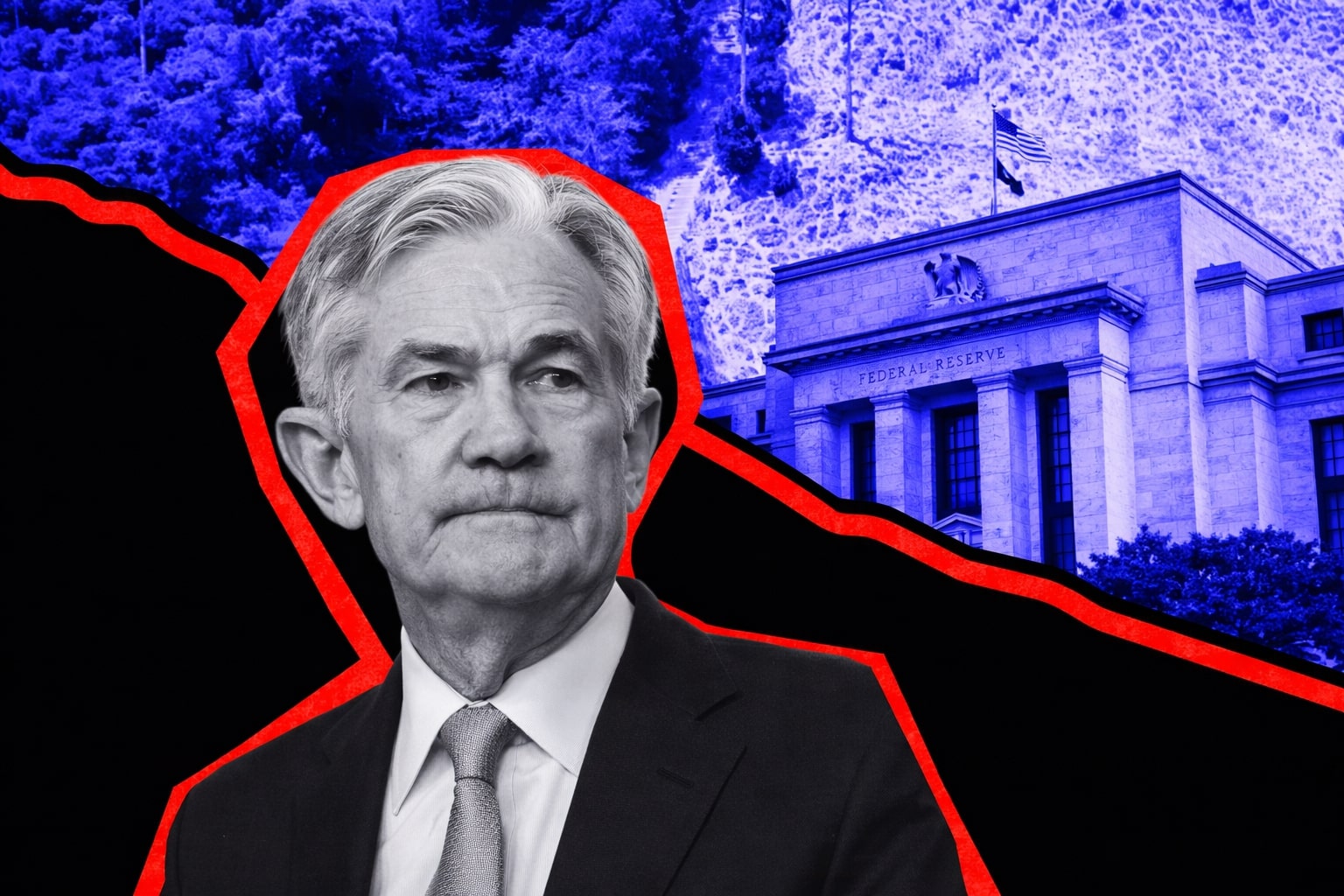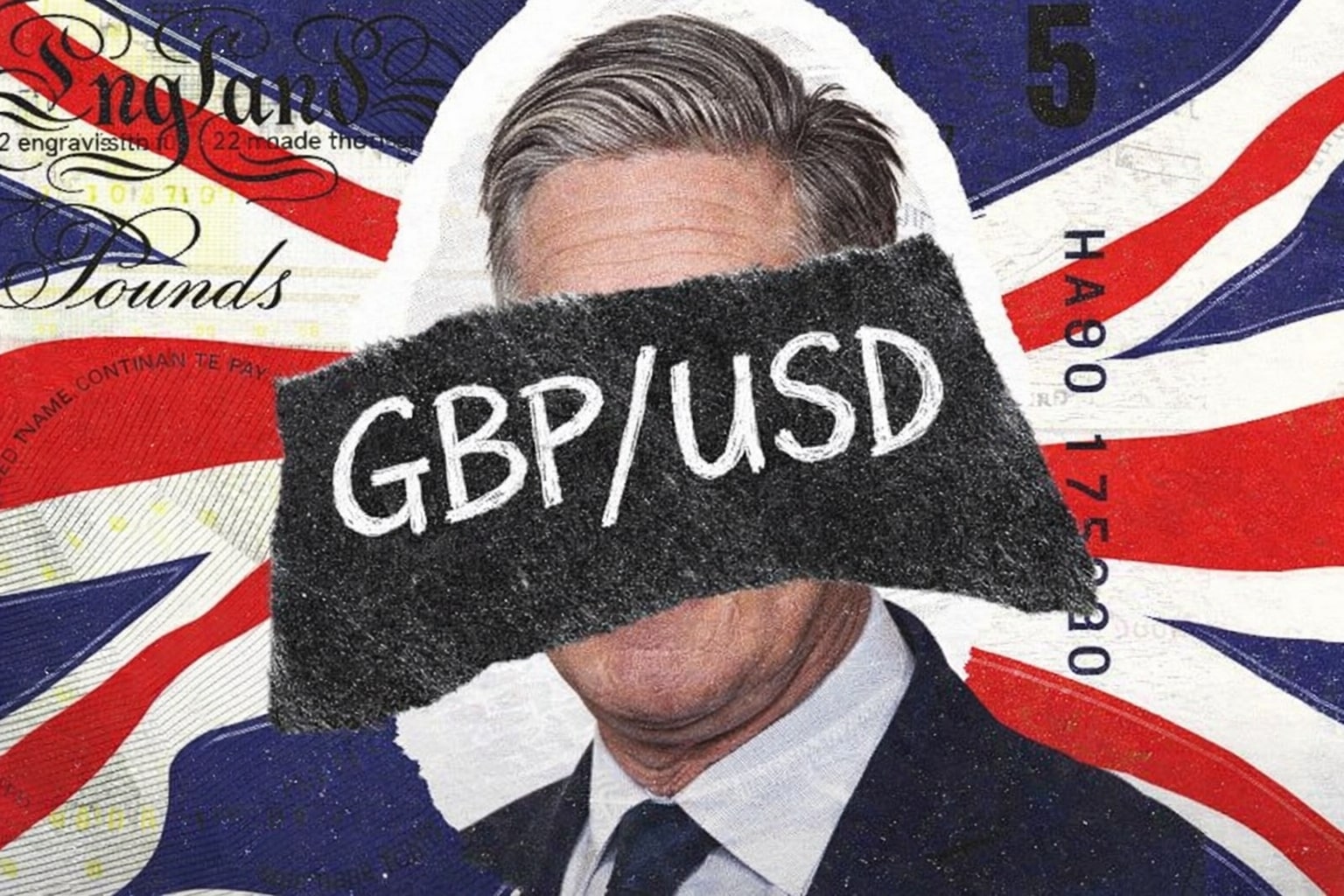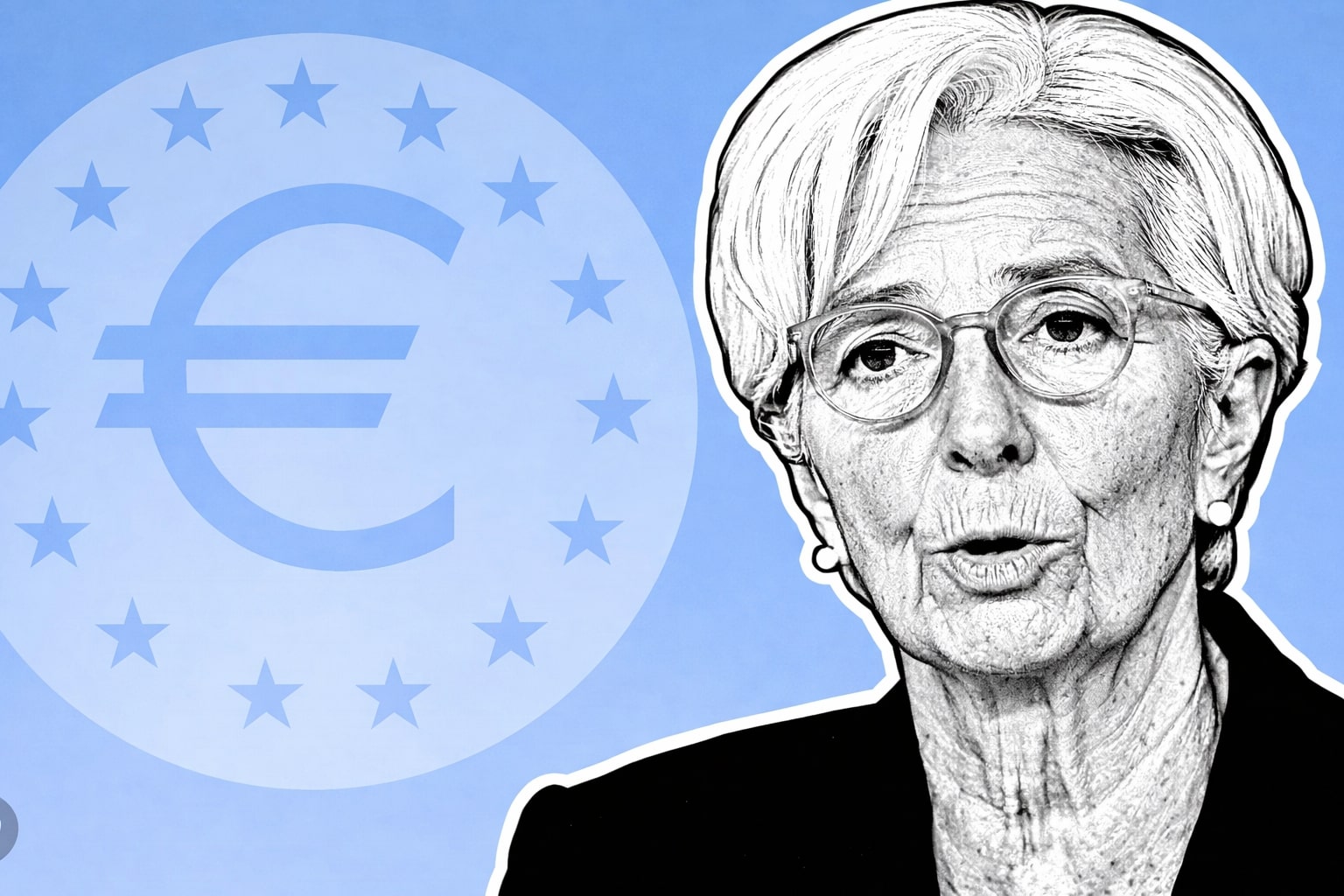EUR/USD Price Analysis: Bearish Sentiment Amid Eurozone PMI Weakness and U.S. Fiscal Concerns
EUR/USD faces bearish pressure after Eurozone PMI data falls below 50
The EUR/USD pair has shown a slight bearish turn following disappointing Eurozone PMI data, which indicated a contraction in business activity for May. The Composite PMI dropped from 50.4 to 49.5, falling below the neutral 50 threshold. This decline was mainly driven by a weakening services sector, while manufacturing remained stable. The data further heightened concerns about the Eurozone economy, leading to a temporary pullback in the EUR/USD exchange rate.
Despite this, the euro remained near the previous session’s highs, as the U.S. dollar faced pressure from fiscal concerns surrounding the Trump administration’s tax bill. The EUR/USD was trading just below the 1.1301 resistance level, reflecting investor sentiment that is caught between a slightly weaker euro and a fragile dollar.
USD faces downward pressure from fiscal policy and credit rating downgrade
The U.S. dollar (USD) has struggled amid concerns about the U.S. government's increasing debt. The Moody's downgrade of the U.S. government’s credit rating has added to market unease, with investors losing confidence in U.S. assets. This, coupled with the poor Treasury bond auction results, has led to a weakening of the USD. Additionally, market participants are watching the Trump tax bill closely as it progresses through the Senate. If passed, it is expected to increase the national debt by $4 trillion, which could weigh on the U.S. dollar even further.
On the EUR/USD front, despite the Eurozone’s contraction, the USD continues to face vulnerability from both fiscal policy issues and geopolitical tensions. This presents a delicate balancing act for the pair, with both currencies facing headwinds but the U.S. dollar struggling more in recent weeks.
EUR/USD Technical Outlook: Will the Bulls Maintain Control Above 1.1301?
On the technical front, EUR/USD had a notable rally earlier this week, breaking above the 1.1301 key resistance level. The pair was well above the 50-period Simple Moving Average (SMA), signaling a bullish bias. RSI levels remained above 50, further supporting this positive momentum. However, the rally appears to have slowed, with price action showing indecision as EUR/USD hesitated near the 1.1330 resistance.
For investors, the key question is whether the bulls can maintain control and break through the 1.1402 resistance level. Given the recent bullish reversal, which was marked by a higher low and a higher high after touching 1.1100, the market still shows potential for an upward push. However, there’s a need for confirmation from price action at key levels.
A look at the 1.1301 support level will provide clues about whether the bullish trend can continue. If EUR/USD manages to hold above this support zone, it could target the next major resistance level at 1.1500, which is a psychological level and a significant hurdle for the bulls. The 1.1402 level is the immediate resistance to watch.
EUR/USD Strategy: Bullish Continuation or Bearish Reversal?
As of now, the EUR/USD shows a bullish continuation setup. The pair managed to break the previous 1.1275 resistance, which now serves as potential support. If the price revisits 1.1275 and shows signs of holding, it would reinforce the bullish outlook. However, the 1.1330-1.1350 resistance range remains a challenge.
Should the EUR/USD pair fail to hold above the 1.1301 level, a pullback to the 1.1275-1.1260 zone could occur. A bounce off these levels would give further confirmation to the bullish continuation theory. Conversely, if the pair breaks below these support levels, the trend could shift towards a bearish correction towards 1.1200 or lower.
EUR/USD in Context of Broader Market Dynamics: Geopolitical and Economic Forces at Play
The EUR/USD exchange rate is not only influenced by Eurozone economic indicators but also by broader geopolitical and macroeconomic developments. The weakening U.S. dollar is driven by concerns over the U.S. fiscal deficit and possible further downgrades to the U.S. credit rating. This is compounded by geopolitical factors, such as the ongoing trade war and tariff uncertainty, which continue to shape the market's sentiment.
On the flip side, EUR/USD also faces challenges from Eurozone’s economic performance, particularly the contraction in the services sector. This could prompt further dovish signals from the European Central Bank (ECB). The ECB’s monetary policy is still highly accommodative, but growing concerns about the economic performance in the Eurozone could push the ECB to consider further interest rate cuts.
As for geopolitics, the uncertainty surrounding U.S.-China trade relations and potential risks from global tariffs could impact investor sentiment and drive further volatility in the EUR/USD market.
Should Investors Watch for a Pullback or Bullish Continuation in EUR/USD?
At this stage, investors are caught between bullish continuation expectations and the potential for a bearish pullback in EUR/USD. The U.S. dollar faces significant challenges, while the euro is not entirely out of the woods either. The pair’s price action will likely continue to be influenced by upcoming Eurozone data and U.S. fiscal developments. Additionally, the Japanese Yen (JPY), with its role in the DXY, continues to influence the USD strength. A breakout above 1.1402 could lead to a test of 1.1500 for EUR/USD.
The EUR/USD technical picture remains slightly bullish in the short term, with price action currently supported by key support levels. The market’s focus will shift to upcoming data releases, particularly the Flash PMI figures for the U.S. and Eurozone. These reports could set the tone for the next move in EUR/USD, as they will offer fresh insights into the global economic outlook.




















